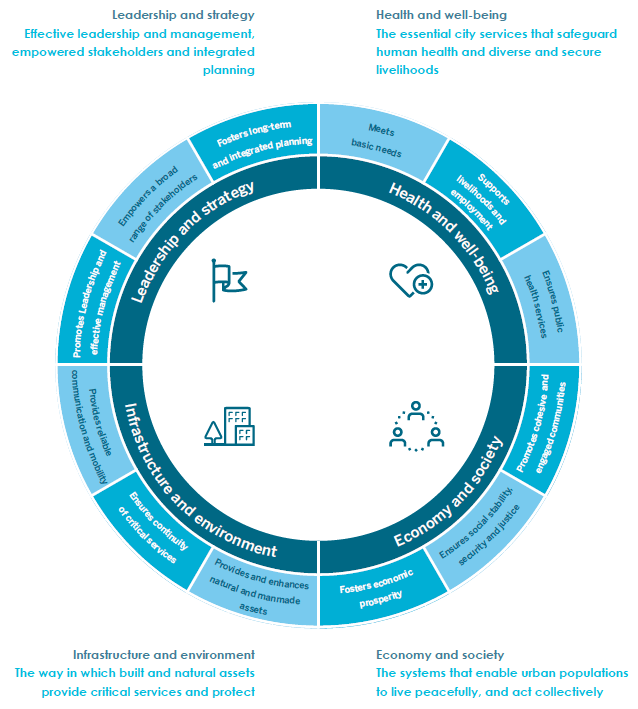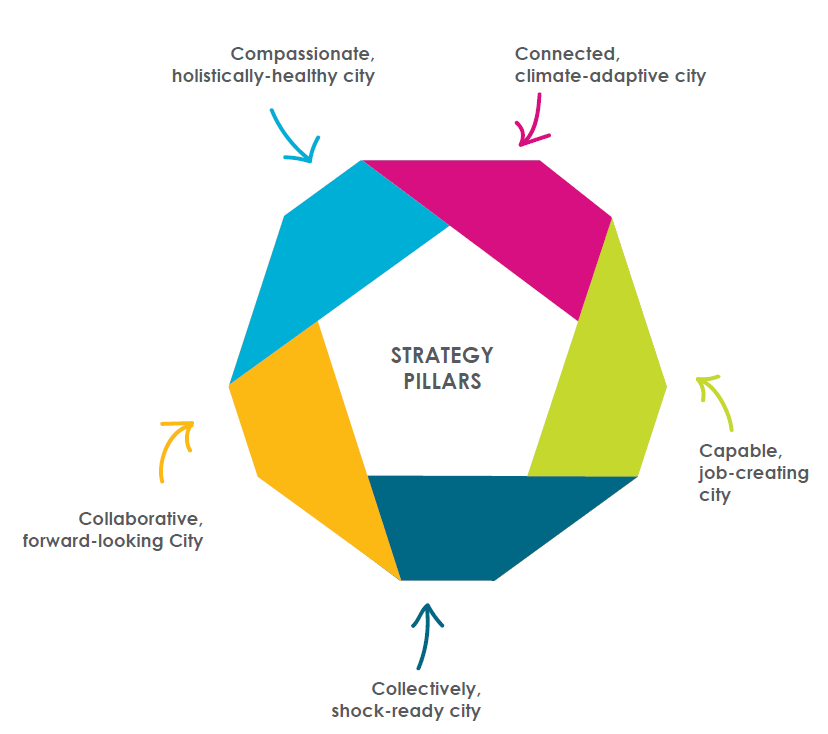Cape Town Resilience
Cape Town is Recognised as a Resilient City
Cape Town is a vibrant metropolis that’s home to a diversity of people who were either
raised or migrated here. Those who migrate are drawn by the opportunities and security that
the “Mother City” has to offer. Hundreds of thousands of visitors every year also come to
experience the city’s incredible beaches, mountains, vineyards, and diverse cultures in this
part of the Western Cape.
However, besides a bustling visitor economy, Cape Town is known for having adopted a
robust strategy for increasing the destination’s resilience against social, economic, and even
climactic pressures. Having recently been confronted with three years of dramatically low
rainfall, and all of the fallout associated with such a drought, has also severely tested the
resilience of the city’s infrastructure and even sense of community. However, by working
together, residents ensured a comprehensive social response and heroic efforts on all fronts.
Ultimately, avoiding the “Day 0” worst-case scenario.
“Our city is sometimes faced with unpredictable challenges, like we were with the
drought. Thanks to our implemented water-saving strategies and the collective effort of
over four million Capetonians, we were able to safely navigate that difficult time, with
Cape Town displaying high resilience capabilities.” – Alderman Dan Plato (Executive
Mayor of Cape Town)
At the end of the day, it’s always important to continue to reflect and learn from challenges
like the drought, particularly when it comes to strategizing and taking new actions to improve
the city’s resilience. This starts with the application of emerging technology, knowledge, and
innovation pillars. These cornerstones are required for building resilient cities.
What is Resilience?
What does it mean for a city to have resilience in the face of adversity? Well, answering the
question of what resilience is (and why it’s important) involves the capacity of individuals,
communities, institutions, businesses and systems in a city to survive, adapt and thrive.
Against what? Well, any kind of chronic stresses and/or acute shocks they may experience.
These may include:
- high unemployment
- endemic violence
- food insecurity
- substance abuse
- natural disasters
- social disruptions
- disrupted transport systems
Ultimately, resilience is the infrastructure in place to assist cities to adapt and transform in
the face of these kinds of challenges. Always helping them to prepare for both the expected
and the unexpected.
What is the difference between resilience & sustainability?
One of the only things that can be predicted is the certainty of constant change. In this
regard, resilience is different from sustainability. The latter by its nature, offers objective
measures of attainment. For example, climate change adaptation, smart city development,
integrated risk management and disaster preparedness.
On the other hand, resilience cannot be accurately measured before a shock event and is
best understood in the aftermath of such an occurrence. A city, using all available
knowledge, and with the best available predictive capabilities, can only strive to overcome its
vulnerabilities in order to be increasingly more resilient.
Using an integrated approach to planning for disruptions, even if they do not occur, can
create new opportunities that offer social, environmental and economic benefits. This is why
a holistic approach to risk is required – not simply preparing for shocks but understanding
how stresses impact on the ability of Cape Town to thrive and respond in moments of shock.
The City Resilience Framework (CRF) is the conceptual lens through which Cape Town
assesses its resilience challenges and opportunities. It consists of four dimensions, 12
drivers and 50 sub-drivers.
Introducing the City of Cape Town Resilience Strategy
Cape Town was selected to be part of the 100 Resilient Cities (100RC) network. This
network comprises 100 cities from across the world that are each committed to building city
resilience around the social, economic and physical challenges of the 21st century. The
100RC network supports cities by financing and providing:
- technical assistance
- access to the services of global organisations
- opportunities to exchange best practices among member cities
- access to tools for building resilience
This has contributed to further bolstering the existing City of Cape Town Resilience Strategy,
which is comprised of five pillars, 20 goals and 75 actions. These actions are varied in intent
and scope. Some actions are new, others have already been piloted and are worthy of
further support and upscaling. Others are pre-existing and are being reframed to increase
the resilience dividend.
The 5 Strategy Pillars
There are also three types of actions within each pillar of Cape Town’s Resilience Strategy:
- Flagship: An action which has the potential to significantly change the resilience
value of a whole system. - Demonstrable: An action which serves to show the high resilience value and impact
of a concept or idea that has the potential to be replicated or scaled in the future. - Enabling: An action which seeks to mainstream a resilience lens or other resilience
application across an existing system or thematic area.
Click here more information about Cape Town’s Resilience Strategy

